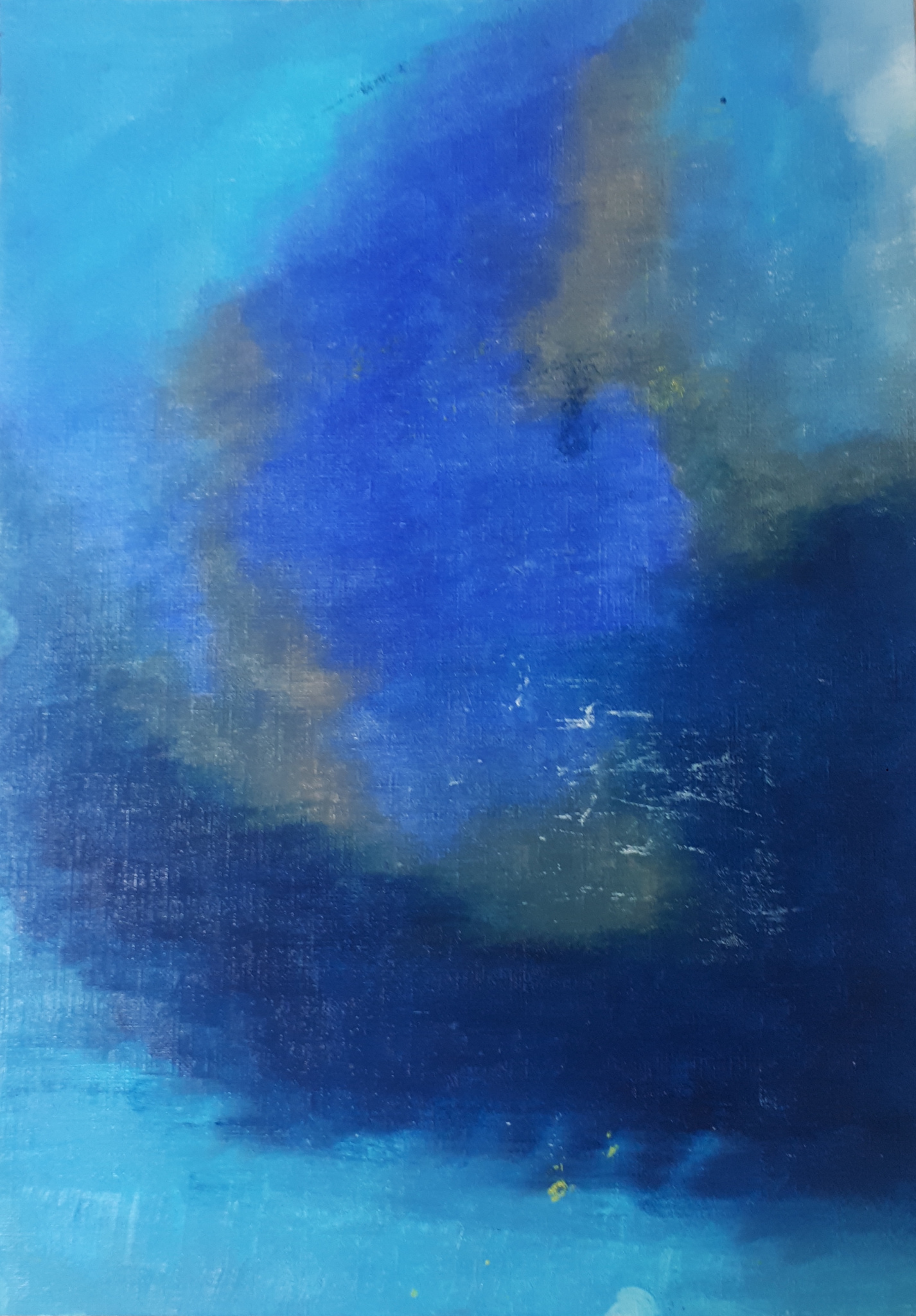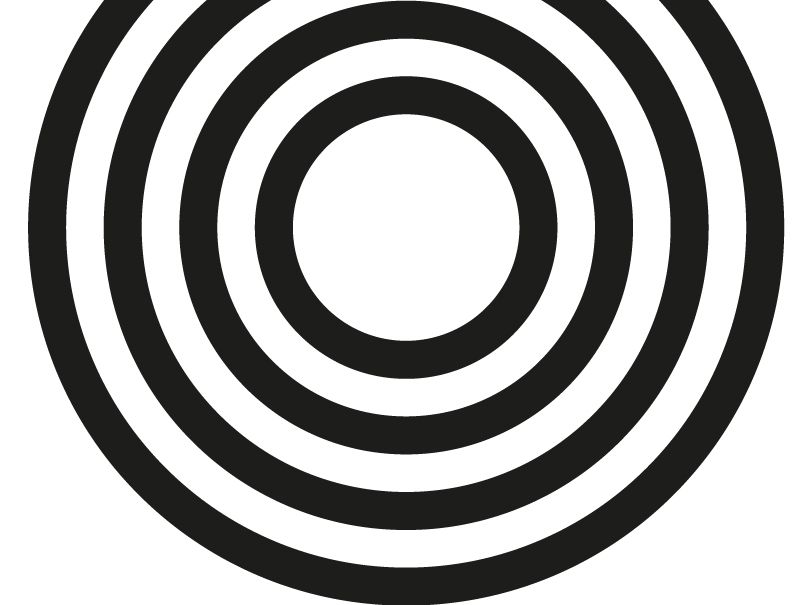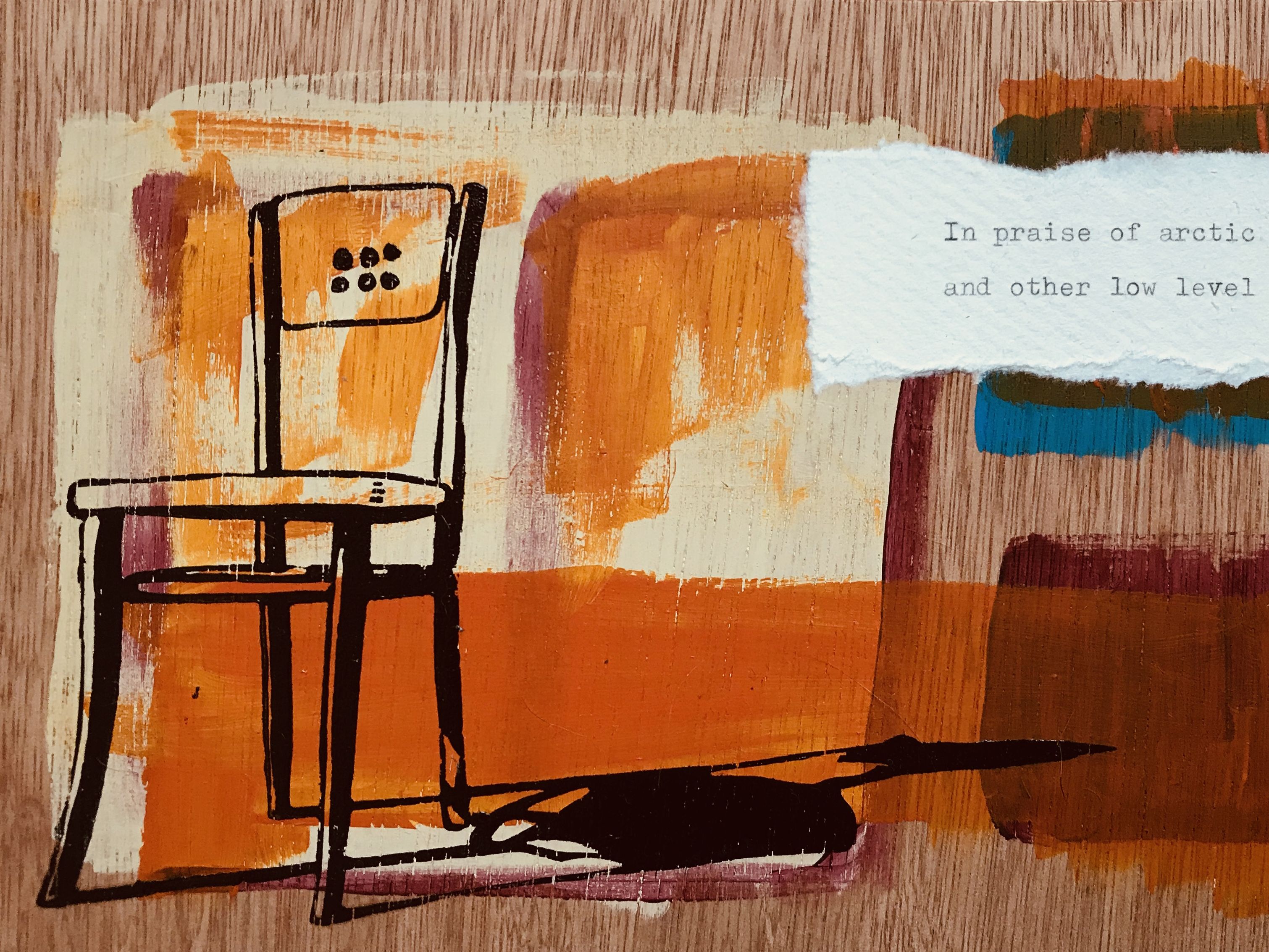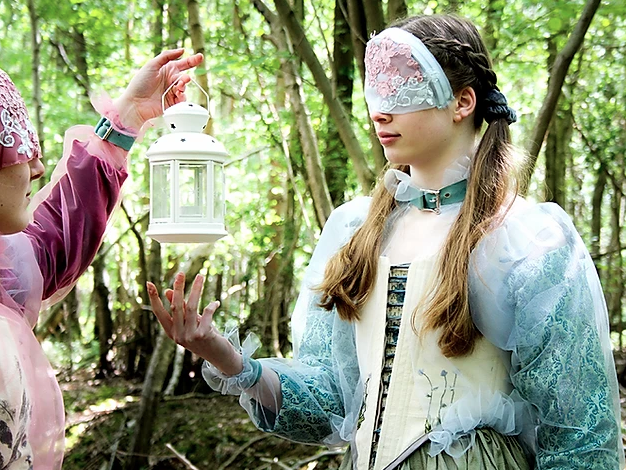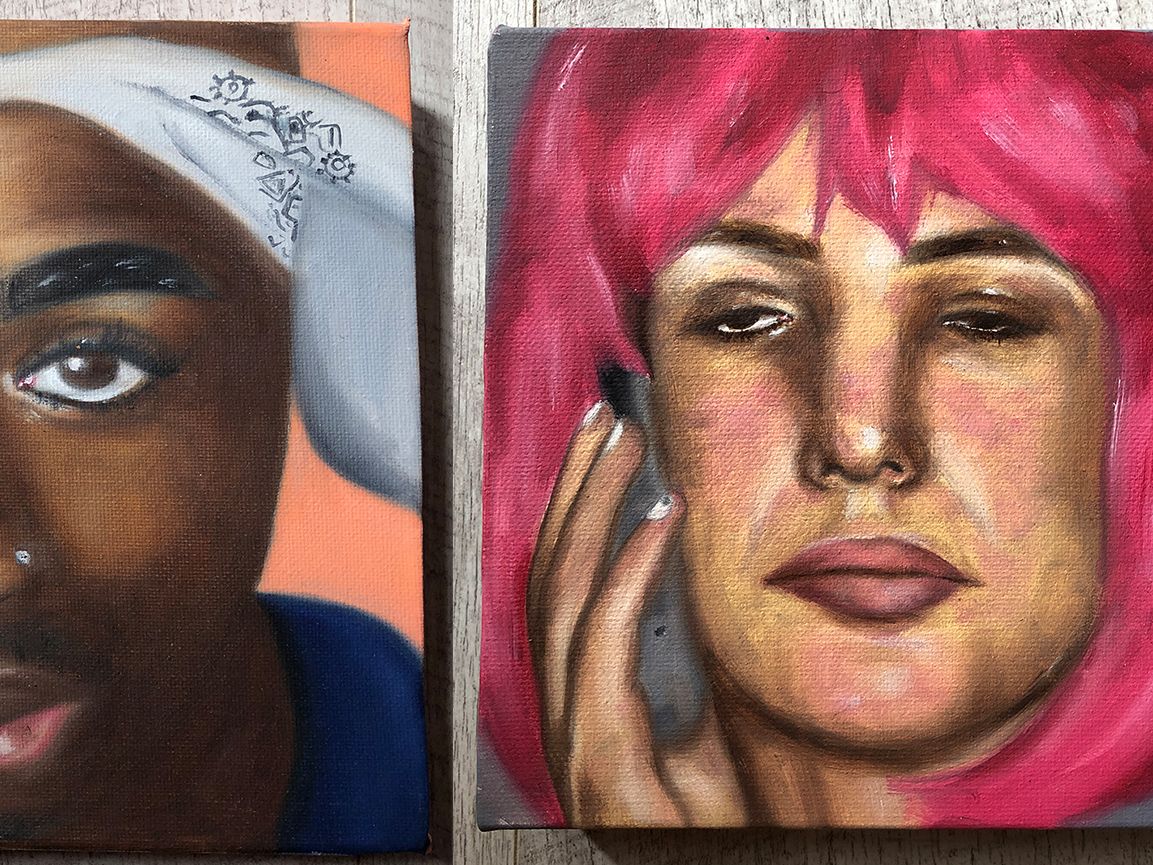When we started planning for Origins Creatives 2020, we brought professional curator Monica Biagioli on board to help with the selection and curation process of the exhibition. Whilst the exhibition won't be going ahead as planned, Monica is sharing her knowledge and awareness of curation with us through a series of blog posts. Read all about her thoughts on online and virtual curation - using college online exhibitions and student work as examples of how you can take exhibitions online!
We all had plans for the summer before lockdown in March. UAL Awarding Body was no different. We were in the midst of plans for our annual Origins Creatives summer showcase to celebrate the great depth and breadth of creative talent across the UK at the end of July when that was put on hold. What emerged in its place was a community of online exhibitions, curated and organised by colleges all over the UK: an explosion of talent connected through the various online platforms linking colleges delivering UAL Awarding Body qualifications to one another.
What do exhibitions usually express? A curated sense of taste, perhaps? With a collection of over 60 exhibitions from across the UK, Origins Creatives goes one step further this year. It celebrates variety of expression, pride in our own communities, human responses and emotions during a time of turmoil, and the ability to focus and produce work of excellence, without a preciousness that would require things to be as they should and accepts things as they come.
What gets us through the rough patches? Nature, being with people who make us feel good, music, a space of our own, making work. Throughout this lockdown students completing UAL Awarding Body qualifications all around the UK did just that. And they kept producing work in the great range of art and design disciplines in spite of the limitations and the dislocation of this time. The beautifully curated online spaces are a reflection of the commitment, talent and pride of the creatives who lead the programmes. The work on show is accessible, thoughtful, and a celebration of process.
With restrictions in place, students responded with rigour and focus to the limitations. On show are explorations of:
Family
Identity
Community
Site
One site in particular, Furnishing, stands out because it encapsulates creativity, commitment, and resilience in one body work. As the artist, Anne Waggot Knott, explained it:
“Once I had managed to channel my initial disappointment into resolve, it was strangely liberating to respond with limited materials to such an unpredictable situation and in hindsight the experience has increased my resourcefulness, digital skills and resilience as an artist. Focusing my project on lockdown has had the benefit of gaining me exposure in some of the many lockdown-related platforms and publications.”
A powerful focus is on display in many of the works on show, perhaps enhanced by the enforced isolation of this time. It is expressed through visualisation, expression of the senses through use of materials and a commitment to one’s own creative process. The variety and range on show is a testament to the importance of the creative process to help us make sense of our experiences and to comprehend the world around us.
Have online exhibitions helped to bring our diverse communities of students together online? The great response of online exhibitions, Instagram takeovers, and blogs is a resounding yes to that question. Can online exhibitions replace physical ones in the future? I hope not. Looking at the thoughtful and measured responses by students who addressed their enforced isolation through their creative process, I saw the need for belonging and community at a time of dislocation. It seems to me that in the end we all need to be able to connect physically to one another. We can applaud our students and tutors for persevering through this time. But this time of isolation has shown us, I feel, more than ever why we need our physical connections to our families, our communities, and locations. They make us who we are. And as artists and creatives, that is what we express.
